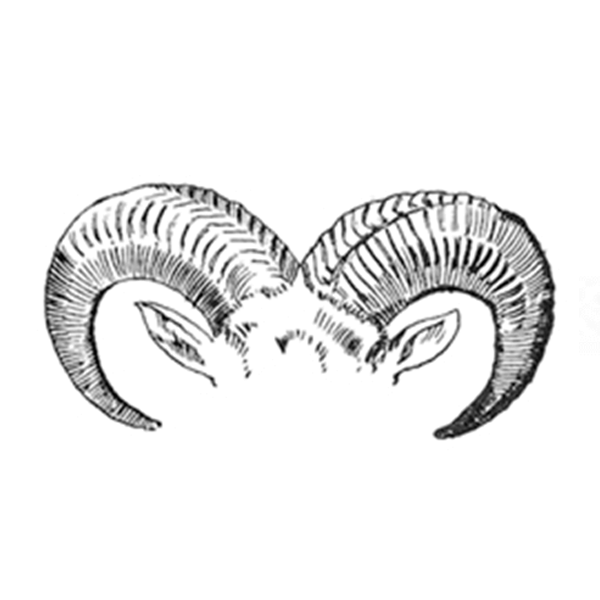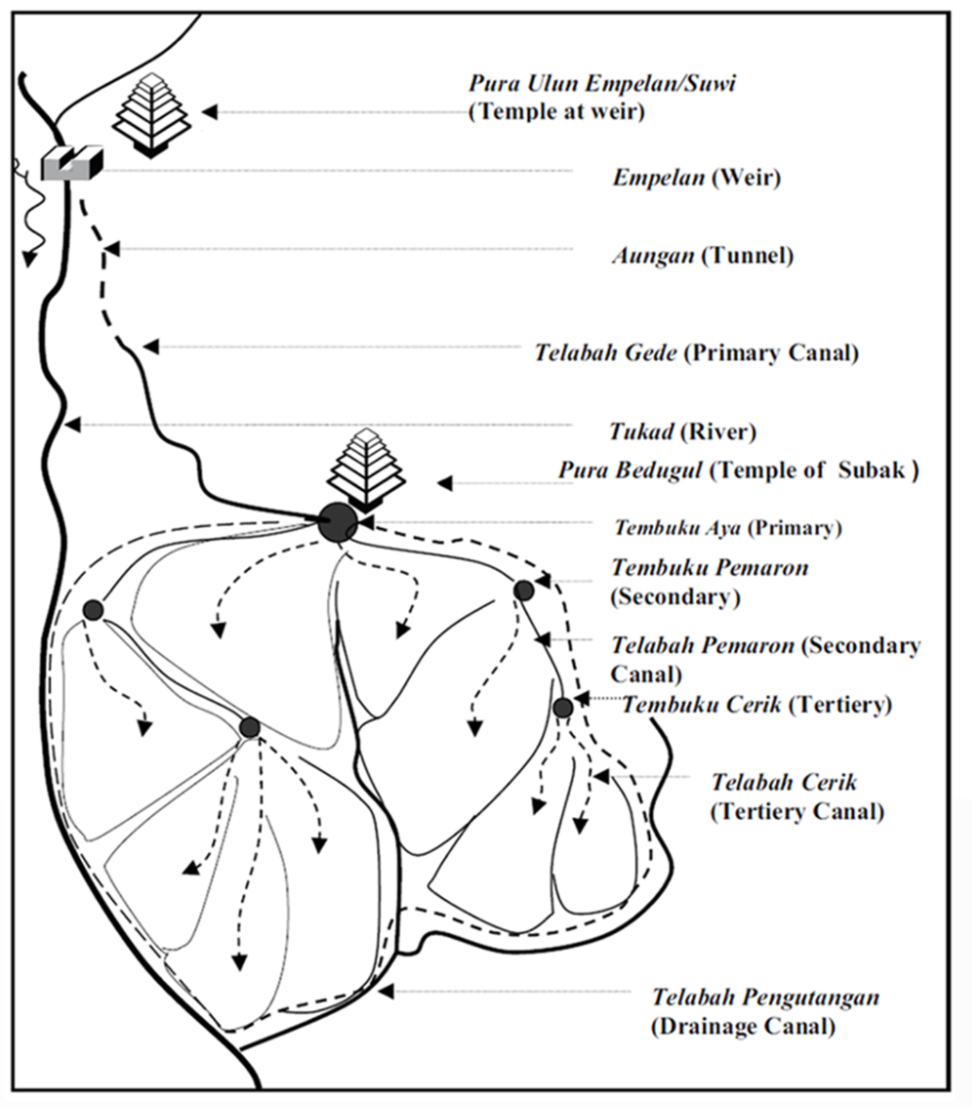Patterns Representing Nature
Morphogenesis
We will approach Bali's patterns from nature in 3 ways. The first is morphogenesis. “Morpho” means shape, and genesis means “coming into being”. So morphogenesis studies the process that allows a living shape to form.
Logarithmic spirals:
Here we see two kinds of spirals. A coil of rope is a linear spiral. The space between each revolution is the same. Ropes are dead, they do not grow.
In contrast, the snail's shell is a logarithmic ("log") spiral. As the snail grows, its shell gets larger. Log spirals are growing spirals, so that is why they are used by nature. All living things must grow. As it grows, it rotates, creating the spiral shape.


Animal horns: goats, sheep and other ungulates use horns in defense and mating. Learn more about why different animals have different horn shapes here.

We can model nature's log spirals using power laws. To learn more about power laws in nature, and how they create spirals, click here.

You can simulate chameleon tails, sea shells, sheep horns, and more! Check out our page here.
Fractal shapes in Morphogenesis
Have you ever noticed that many living things repeat the same shape at different scales? That is called a “fractal”. Branching structures like the human lungs are fractal. Some lung diseases create less branching, so the measure of a fractal (the “fractal dimension”) can be used to detect these diseases and alert the doctor. You can experiment with a simulation of a lung fractal here.


Plants are of course great examples of fractal branching. A fern looks like it is made up from other smaller ferns. You can experiment with a fern simulation here.


And the same goes for bushes: a branch of a branch of a branch, such as this Plumeria bush at Uluwatu, Bali. You can experiment with the simulation here.


The baobab tree in Africa is famous for its enormous trunk. The branches scale down quickly, as you can see in this simulation here.


Agroecology in Balinese rice production

The log spirals and fractals of nature existed long before people. But agriculture is a human invention. Industrial agricultural techniques tend to cause environmental damage, because they destroy the diversity of the ecosystem with bulldozers, take up too much water, and use artificial fertilizers and pesticides. In contrast, Bali's rice tradition uses “agroecology” in which there is harmony with nature. That is, “mutual aid” between the human rice production and the natural ecological processes. For example, after the harvest, rice stalks and other organic material can be composted back into the soil. The Balinese “subak” tradition allows farmers to synchronize flooding of the rice fields, killing off dry land pests, and to synchronize drying out the fields for killing off water-based pests. So no pesticides are needed.

There is also spiritual harmony in subaks. Recall from our simulation of temple architecture that they use human-style shapes with nature-style scaling. The largest temples are at the top of the water supply. They get progressively smaller as you go down, until you reach the tiny shrine (sanngah catu) in the farmer's field (see image above). The irrigation system is controlled by “weirs” (like tiny dams) located near the shrines and temples. Recall the fractal branching in the human lung: subaks also use fractal branching. Just like your lungs bring you oxygen, the system of temples, weirs and irrigation canals bring water for the rice.
Recall the multi-tiered meru towers at the top of the water supply. Each tower has many roofs. The farmers shrine above only has one roof. How does this fit with the idea that Bali's heritage algorithms of THK are a “visual code”?
Finally, subaks also provide harmony between humans. You might think that during dry periods, farmers at the top of the water supply will withhold water from those below. But that would mean those below cannot synchronize flooding and drying to control pests, which would spread to those above. So at the bottom temples, the subak farmers have a democratic discussion about the water schedule. That is carried to the next level up, and their decision to the next level up, so that the water control at each level matches the plans for those below. It is a fractal democracy, from the bottom-up.
In this simulation, the farmers decided to use “ecotourism” to bring in more income. If there are too many tourists, the water suffers an algae bloom. But if there are not enough, there will be very little rice planted. Experiment with this simulation to find the harmonious balance point. You will be changing the “number of tourists” variable in the script, which is currently at 5.
